Beautiful violin tone with the one-minute bow (VIDEO)
Even Mozart’s dad made him practice long tones!
Whether you call it a long tone, son filé, a one-minute bow or just a royal pain, this exercise has been around for centuries. Leopold Mozart, the most famous violin teacher of his time, insisted on the importance of developing a beautiful sound through practicing extremely long bows lasting a minute or more. And who was Leopold’s most famous pupil? Only the composer of some of our most challenging repertoire!
So why would you try to play Mozart’s music without practicing the way he did?
The beginning of his 5th violin concerto in A, for example, is the easiest thing in the world once you’re able to sustain a bow for an entire minute. Suddenly you realize that you have the power to shape the phrase however you desire.
Worth the climb
So start wherever you are, but start climbing today! Watch my video to see how to work your way up gradually to a smooth bow that lasts 60 seconds or more. It doesn’t matter if you can’t even hold a bow for ten seconds yet. With just a few minutes a day working on the one-minute bow, you’ll gain powers you never knew you had.
Watch the video, try it for yourself, then let me know in the comments how it works for you!
Comment section
15 thoughts on “Beautiful violin tone with the one-minute bow (VIDEO)”
Leave a Reply

Scales: The Road
to Repertoire
Even if you’ve never played a scale before, violinist Nathan Cole of the Los Angeles Philharmonic will guide you through scale routines that meet you where you are, and build progressively alongside your playing.

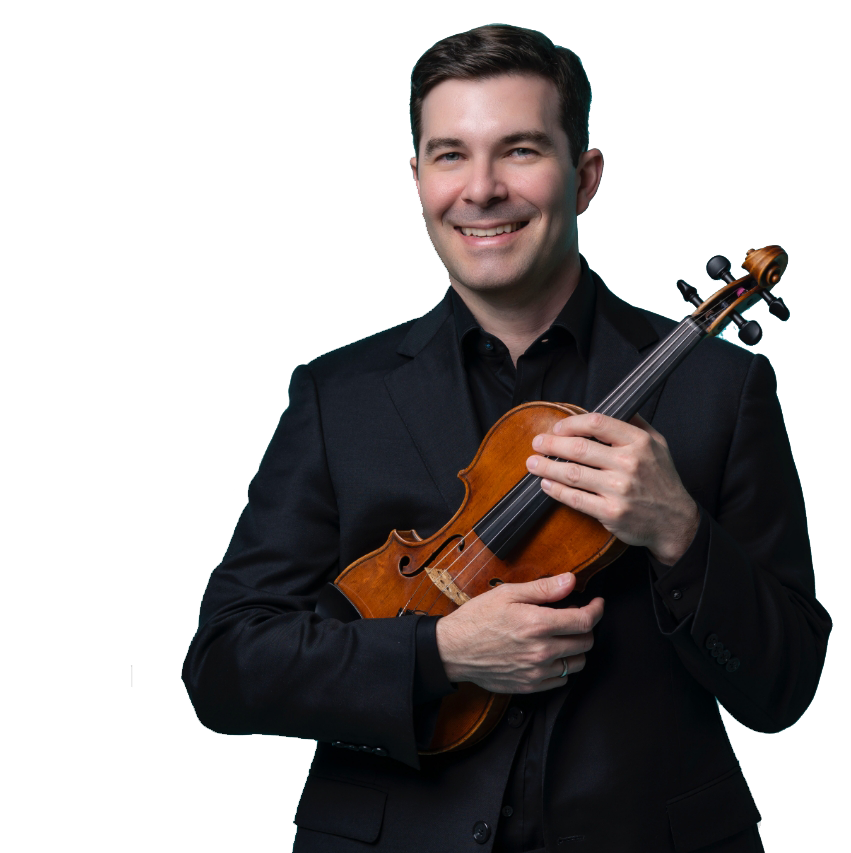

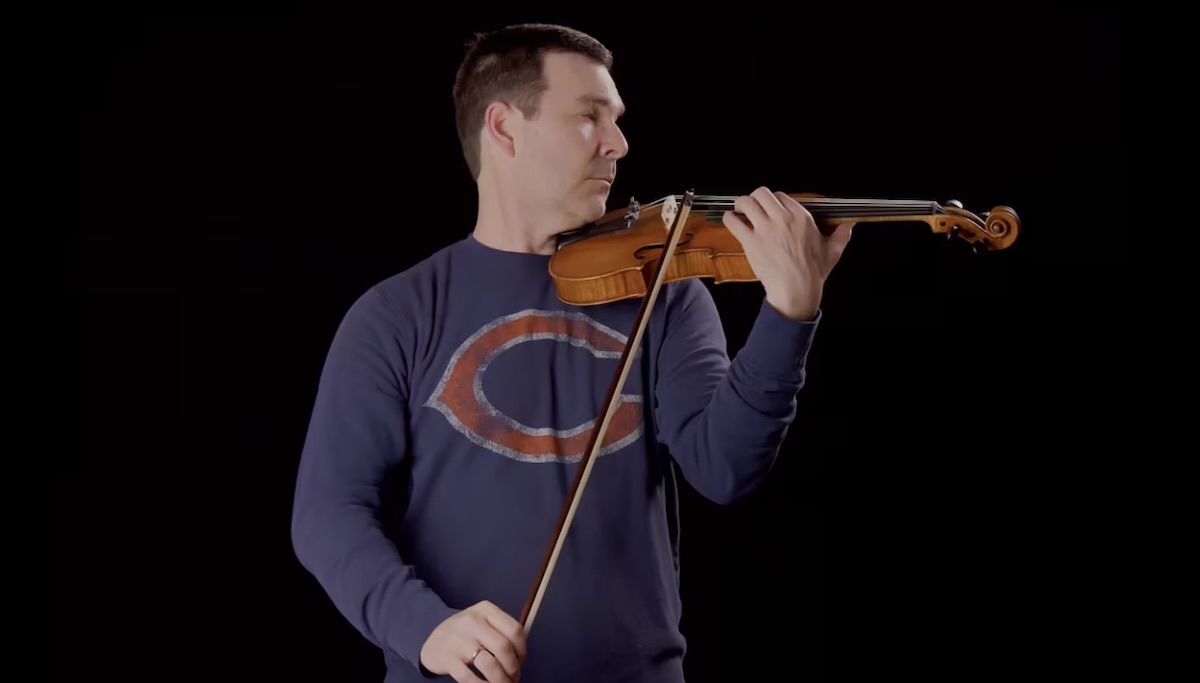
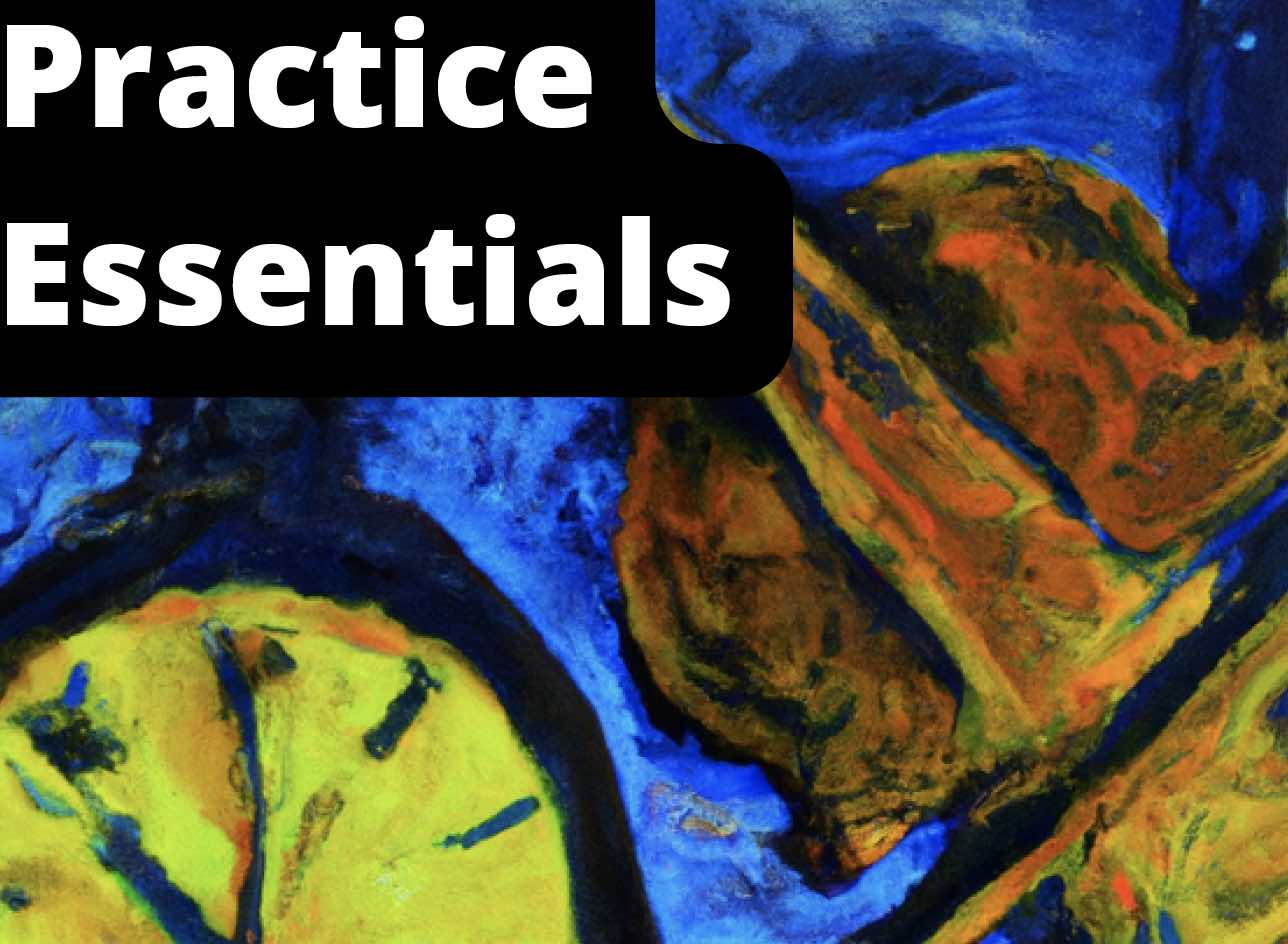

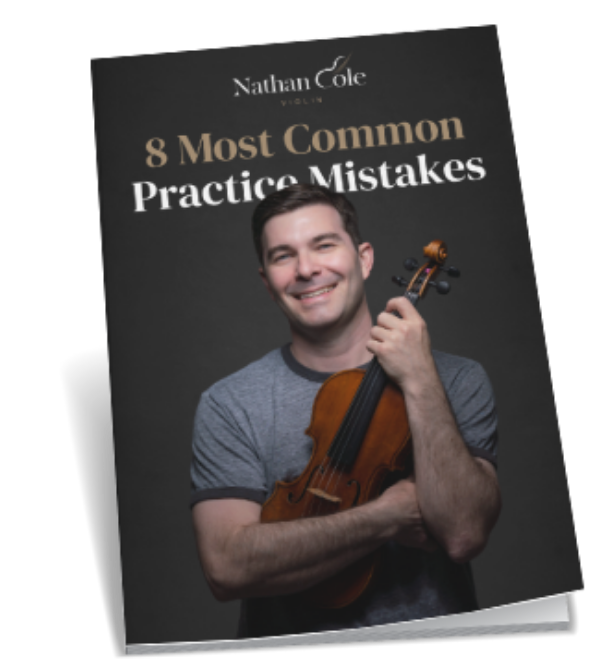
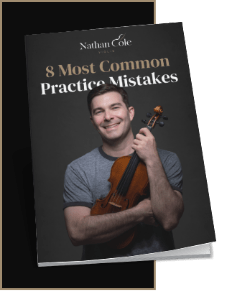
Why not try for five? https://youtu.be/_llibKseZeQ
Haha! I love that video, because he’s able to talk all the way through! As he explains, that’s almost as much a relaxation exercise as it is a bow exercise. I’ve personally never found the 5-minute bow (from Josef Gingold) as helpful as the one-minute bow, or other variations where you’re still going for a smooth speed. But it certainly has value as well.
Yeah, truth be told, I’ve never had the level of relaxation/patience needed to do the 5 minute version before going out on stage as he suggests in the video. Maybe some day. But until then, one minute should be completely doable! Thanks for sharing it.
Marvellous, valuable exercise. I wonder if ther’s something similar for the left hand to develop “strength” in the fingers. Keeping (pressing) each finger down for minute each?????
It’s funny, the challenge for the left hand is usually the opposite: how to release at will. So trill exercises or anything with active lifting and passive dropping are the keys there.
Students with fractional sized bows have to hold slow notes for the same length of time as everyone else, despite their shorter bows. Would you shorten the length of time, or challenge them with the full minute? Perhaps a musical handicap?
I just tried on my daughter’s 1/4 size bow. It’s definitely possible. I’ll ask her to give it a whirl when she gets home from school today.
Oh, I’m sure I would shorten it. Of course, if they have a chance at a minute, go ahead and challenge them! Let me know how it goes for your daughter with the quarter-size!
She did it! Lots of cracks and creaks, but we will use it as part of her warm up every day and she will improve. She was pretty chuffed when she got to the end with a bit of bow to spare. It immediately improved her bow control on the long sfz notes in one of her pieces, too!
Hey, great! And especially since you noticed results right away in one of her pieces. That’s when you know you’ve unlocked a new skill.
What causes the gaps in sound?
When you get the bow slow enough, there’s enough friction between bow and string that the slightest variation in speed or pressure will stop the motion for an instant. Getting the bow slower and slower (thus your time longer and longer) ultimately enables you to maintain a more constant speed, when it’s faster and easier!
Hi Nathan,
Great exercise.
What did you mean by “re-examining your rosining technique”?
Haha! Mostly making sure that you get rosin over the whole length of the hair. You’ll see many people spend a lot of strokes at the frog and tip, skimming quickly over the middle.
Do you have a video for your rosining technique? I would be interested in seeing it.
Sidney
When playing long hold notes, like 2 or 3 whole notes, on the violin, I see professional violinists go from the frog to the tip and then back to the frog and then maybe again, but there is no sound of the bow changing directions. I can’t find anything on what that is called or how to do it. Do you happen to have a vide on how to do that and what’s the name of it? Thanks!